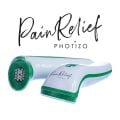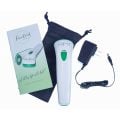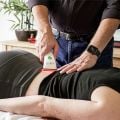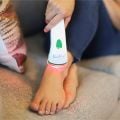Red Light Therapy for Rosacea is a Safe and Effective Treatment
Rosacea is a chronic skin condition that affects millions of people worldwide. Characterized by facial redness, visible blood vessels, and sometimes acne-like breakouts, rosacea can significantly impact a person’s self-esteem and quality of life.
Traditional treatment options include topical and oral medications, but many sufferers are turning to an innovative approach: red light therapy.
This blog will explore how red light therapy can be a safe and effective treatment for rosacea, reducing redness and improving skin health.
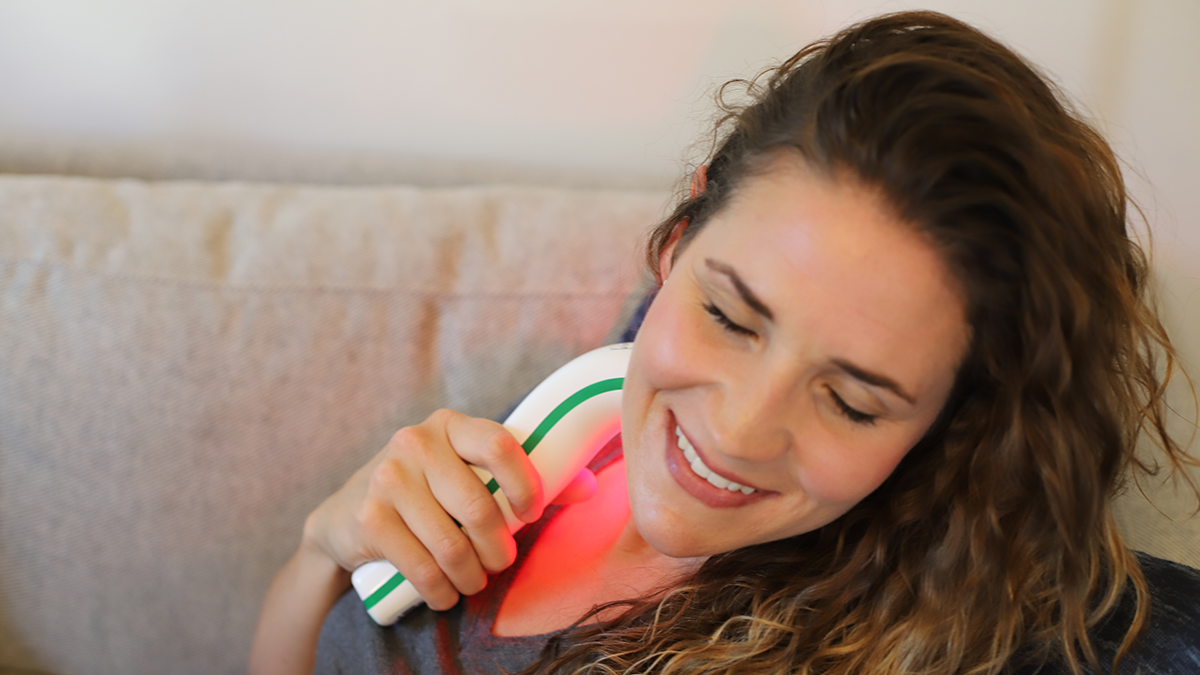
Understanding Rosacea
Rosacea is a complex condition with no known cure. It often begins with a tendency to blush or flush more easily than others. Over time, redness can spread beyond the nose and cheeks to the forehead and chin.
Other symptoms of rosacea include:
- Visible blood vessels
- Swollen skin
- Thickening skin
- Eye problems (such as dryness and irritation)
While the exact cause of rosacea remains unknown, various environmental and genetic factors can trigger or exacerbate symptoms.
Types of Rosacea
Rosacea manifests in different forms, each with unique characteristics and symptoms. Understanding these types can help in identifying and managing the condition more effectively.
Erythematotelangiectatic Rosacea: Characterized by redness, flushing, and visible blood vessels.
Papulopustular Rosacea: Includes redness, swelling, and acne-like breakouts.
Phymatous Rosacea: Involves thickened skin and a bumpy texture, often affecting the nose.
Ocular Rosacea: Affects the eyes, causing redness, irritation, and swollen eyelids.
Each type of rosacea requires a tailored approach to treatment and management to address its specific symptoms and triggers effectively.
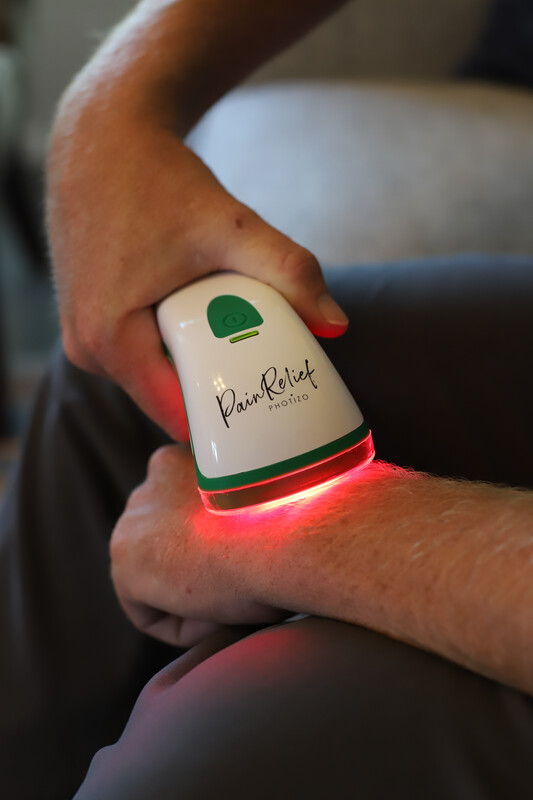
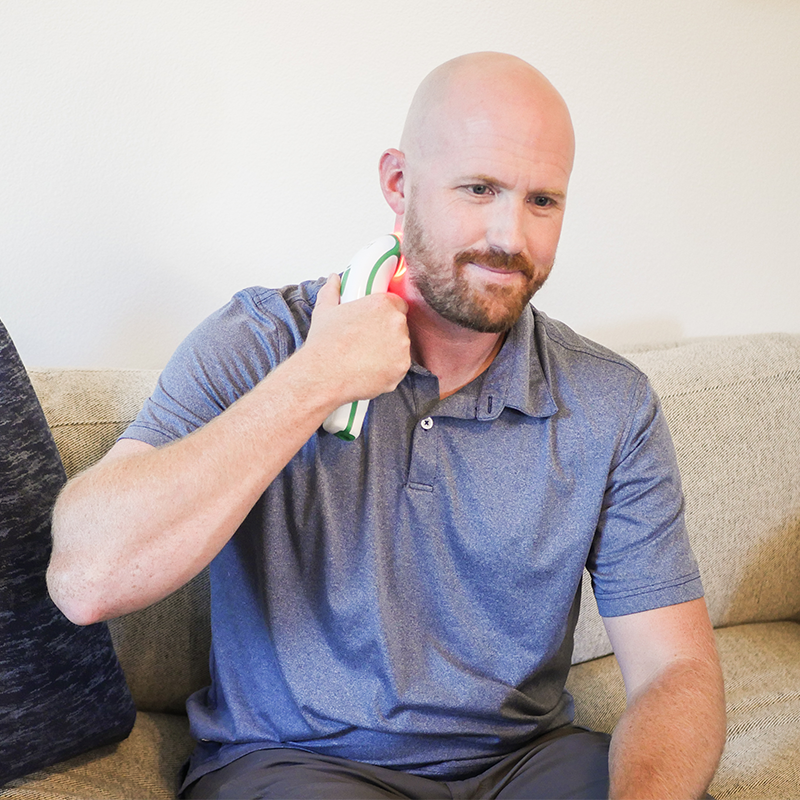
Traditional Rosacea Treatment Options
Since there is no cure for rosacea, traditional treatments focus on managing symptoms rather than curing the condition.
These treatments include:
- Topical Medications: Metronidazole, azelaic acid, and ivermectin to reduce inflammation and redness.
- Oral Antibiotics: Doxycycline and minocycline for their anti-inflammatory properties.
- Laser and Light Treatments: Such as pulsed dye laser, CO2 lasers, and intense pulsed light (IPL) therapy to reduce visible blood vessels and redness.
While these traditional treatments can be effective, they often come with side effects and may not address the underlying inflammation that contributes to rosacea.
This has led many to explore alternative options like red light therapy, which offers a non-invasive and side-effect-free approach to managing rosacea symptoms.
The Science Behind Red Light Therapy
Red light therapy, also known as photobiomodulation or low-level laser therapy (LLLT), uses specific wavelengths of red and near-infrared light to penetrate the skin and stimulate cellular function.
This therapy works at a cellular level to enhance the production of adenosine triphosphate (ATP), the primary energy carrier in cells, and reduce inflammation.
Key Mechanisms of Red Light Therapy
Red light therapy works by harnessing specific wavelengths of light to penetrate the skin and stimulate cellular function.
This innovative treatment offers multiple mechanisms of action that contribute to its effectiveness in managing rosacea.
- Increased ATP Production: Boosts cellular function and promotes healing.
- Collagen Production: Stimulates collagen synthesis, improving skin texture and reducing fine lines.
- Anti-Inflammatory Effects: Reduces the production of pro-inflammatory cytokines, alleviating redness and swelling.
- Improved Blood Flow: Enhances circulation, ensuring better oxygen and nutrient delivery to tissues.
These mechanisms collectively help to reduce the symptoms of rosacea, offering a holistic approach to skin health and inflammation management.
By targeting the root causes of rosacea symptoms, red light therapy provides a comprehensive solution that traditional treatments may not fully address.
Benefits of Red Light Therapy for Rosacea
Red light therapy offers several benefits for individuals with rosacea, making it an attractive treatment option.
Non-Invasive and Painless
Unlike some laser treatments that can be painful and require downtime, red light therapy is non-invasive and painless. Sessions are typically quick, and there is no need for anesthesia or recovery time.
Reduces Redness and Inflammation
One of the primary benefits of red light therapy is its ability to reduce redness and inflammation, two of the most bothersome symptoms of rosacea.
By decreasing the production of pro-inflammatory cytokines and promoting collagen production, red light therapy helps to calm irritated skin and reduce visible blood vessels.
Safe for All Skin Types
Red light therapy is safe for all skin types and tones. It does not cause burns or hyperpigmentation, making it a suitable option for individuals with sensitive skin.
Improves Skin Texture and Tone
Red light therapy stimulates collagen production, which can improve skin texture and tone. This is particularly beneficial for individuals with phymatous rosacea, who may experience thickened and bumpy skin.
Photizo Pain Relief – Red Light Therapy for People
Original price was: $425.00.$398.00Current price is: $398.00.
How to Use Red Light Therapy for Rosacea
Using red light therapy for rosacea involves regular sessions with a red light therapy device.
Here’s how you can incorporate this treatment into your skincare routine.
Step-by-Step Guide
Incorporating red light therapy into your skincare routine can be highly effective for managing rosacea. Follow this step-by-step guide to ensure you get the most out of your red light therapy sessions.
- Cleanse Your Skin: Start with clean, dry skin to ensure maximum light penetration.
- Position the Device: Hold the red light therapy device close to your skin, targeting areas with redness and visible blood vessels.
- Treatment Time: Follow the recommended treatment time, usually between 10-20 minutes per session.
- Frequency: For best results, use red light therapy 3-5 times per week.
Regular use of red light therapy can significantly improve rosacea symptoms, promoting healthier and clearer skin over time.
By integrating this therapy into your routine, you can achieve long-term benefits and effectively manage the challenges associated with rosacea.
Choosing the Right Red Light Therapy Device
When selecting a red light therapy device for rosacea, consider the following factors to ensure you get the best results:
- Wavelength: Opt for a device that emits light in the red (630-660 nm) and near-infrared (810-850 nm) wavelengths. These wavelengths have been shown to be most effective for skin treatments.
- Power Output: A device with a higher power output will deliver more energy to the skin, leading to better results in a shorter amount of time.
- Treatment Area: Choose a device that covers a larger treatment area for more efficient sessions. Handheld devices are suitable for small areas, while panel devices are ideal for treating the entire face.
- FDA Approval: Ensure the device is FDA-approved for safety and efficacy.
Selecting the right red light therapy device is crucial for achieving optimal results in managing rosacea. By considering these factors, you can choose a device that meets your needs and helps you achieve clearer, healthier skin.
Regular and consistent use of a high-quality red light therapy device can make a significant difference in your rosacea management routine.

Real-Life Success Stories
Many individuals with rosacea have experienced significant improvements in their skin condition through red light therapy.
Here are a few testimonials:
“Red light therapy has been a game-changer for my rosacea. The redness and swelling have significantly reduced, and my skin feels smoother and more even-toned.”
– Jessica, 35
“I was skeptical at first, but after a few weeks of using red light therapy, I’ve noticed a big difference. My rosacea flare-ups are less frequent, and the overall redness has diminished.”
– Mark, 42
Embrace the Benefits of Red Light Therapy for Rosacea
Red light therapy offers a promising, non-invasive treatment option for those suffering from rosacea.
By reducing redness and inflammation, improving skin texture, and providing a safe and painless alternative to traditional treatments, red light therapy can significantly enhance the quality of life for individuals with this chronic skin condition.
If you’re ready to experience the benefits of red light therapy for rosacea, consider trying the Photizo Red Light Therapy Device for yourself.
With regular use, you can achieve clearer, healthier skin and reduce the symptoms of rosacea effectively.
Visit our product page to learn more and make your purchase today.

